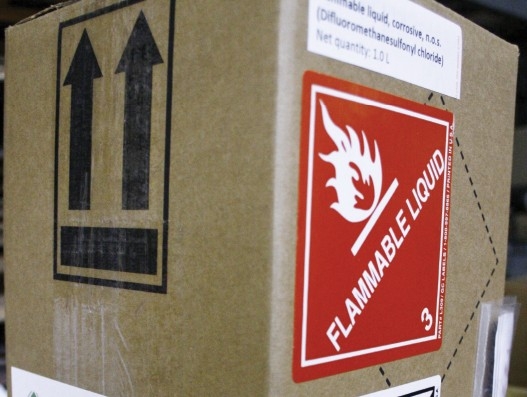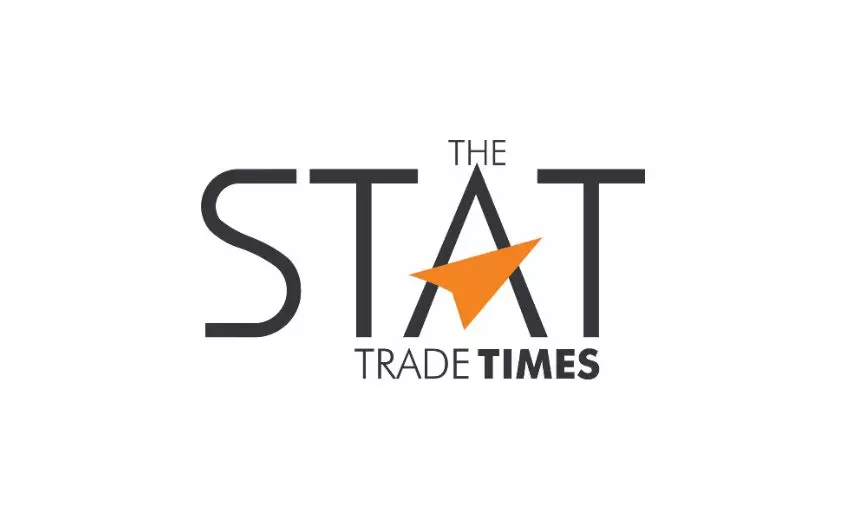
FROM MAGAZINE: Balancing risk and cost
Regulating transport of dangerous goods by air is about striking a balance between risk and cost. IATA has been at the forefront of setting standards and providing training to the industry with the aim of reducing risk. Reji John Hoverboards, or the self-balancing scooters, were the most wanted Christmas and New Year gift item during […]

Regulating transport of dangerous goods by air is about striking a balance between risk and cost. IATA has been at the forefront of setting standards and providing training to the industry with the aim of reducing risk.
Reji John
Hoverboards, or the self-balancing scooters, were the most wanted Christmas and New Year gift item during the festive seasons in 2015. They became one of the hottest news stories of the holiday season then not just because of their popularity but also because many of them caught fire while in use.
Airlines across the world decided not to take any chances. They banned hoverboards on passenger flights, and the US Postal Service stopped shipping hoverboards by air as well. Online retail shops either temporarily suspended sales or stopped selling hoverboards at all.
It was found that there was no single reason why these hoverboards were exploding, and there was no sure-fire way to avoid potential catastrophe. When someone looked at the brands of hoverboards available in the marketplace then, there was no specific brand to choose from that guarantees a product won't explode. A majority of them came from factories in China.
One of the biggest threats to air cargo security is coming from the proliferation of e-commerce that allows shippers to ship goods from anywhere in the world. Unlike the traditional air cargo supply chain, where the shipper is much more known and has an established relationship with the rest of the stakeholders in the logistics value chain, in the e-commerce era, the shipper could largely remain hidden and unidentified. This is causing a huge security threat to the airline industry which regularly transports huge quantities of personal electronic devices (PED) manufactured around the world, particularly China, which does not follow stringent standards.
The International Air Transport Association (IATA) has been at the forefront of setting the highest standards when it comes to transportation of dangerous goods. The IATA Dangerous Goods Regulations (DGR) is the trusted source to help you prepare and document dangerous shipments. Recognized by the world’s airlines for almost 60 years, the DGR is the most complete, up-to-date, and user-friendly reference in the industry. The airline industry organisation has also been taking the leadership role to ensure that amendments are made to the DGR periodically to keep pace with customer and industry demands. IATA also provides training to every link in the air cargo logistics value chain across the world.
The 59th edition of the IATA Dangerous Goods Regulations incorporates all amendments made by the IATA Dangerous Goods Board and includes addenda issued by the International Civil Aviation Organization (ICAO) to the 2017–2018 edition of the Technical Instructions. The amendments are intended to assist the user to identify the main changes introduced in the latest edition and IATA warns that they must not be considered an exhaustive listing. The changes have been prefaced by the section or subsection in which the change occurs.
As part of letting industry know about the changes and train them on the importance of the DGR, IATA organised several training sessions across Asia recently. The training workshops were led by Dave Brennan, IATA assistant director for Cargo, Safety and Standards and James Wyatt, assistant director, for Dangerous Goods Publications at IATA. Day-long workshops were held at Jakarta, Kuala Lumpur, Manila, Hanoi, Dhaka and Colombo in November. The key highlights of the interaction were an overview of the current regulatory framework and what changes will come in 2018; how these regulations align to the ICAO Technical Instructions; and regulatory compliance of the different entities in the supply chain and what steps can be learnt to keep the supply chain safe.
“We have been doing this in Asia and this is our third such training workshop spread across six cities,” Brennan told The STAT Trade Times on the sidelines of the workshop held in Kuala Lumpur recently. IATA did similar workshops in China in the last three years. Brennan said that there has been tremendous interest in Jakarta and they are expecting IATA to do similar training workshop in other cities of Indonesia.
On the question of participation from different stakeholders of the air cargo logistics value chain, Brennan said that the biggest challenge has been to get shippers participate at these workshops.
“We are preaching to the converted. The people who we want to speak to are not in the room. In a perfect world, we would have a room full of shippers. They are our target audience,” Brennan said. “Getting shippers, that is our challenge, we don't have a direct relationship with shippers,” he added.
Measures have been introduced in the latest IATA Dangerous Goods Regulations (DGR) to reduce the risk caused by carrying lithium batteries. If the batteries overheat, they carry a fire risk. Coming into force on January 1, 2018, changes to the regulations will restrict passengers and crew from travelling with more than 15 PEDs, and to a maximum of 20 spare batteries. Currently, there are no limits on how many PEDs and batteries passengers can carry, where the lithium batteries do not exceed the standard limits of 2g for lithium metal batteries or 100 Watt-hours for lithium ion batteries.
For IATA, the main challenge is in ensuring the regulations are adopted across the industry. “We are very consistent in terms of the volumes of DGR publications sold in certain areas of the world – both in print and online,” said Wyatt. According to Wyatt, IATA plans to run some awareness workshops in Africa early next year, also in the Middle East, and possibly in India.
“It’s about safety at the end of the day. Adoption of DGR standards equals safety. Doing the right thing is good for business,” said Brennan.

